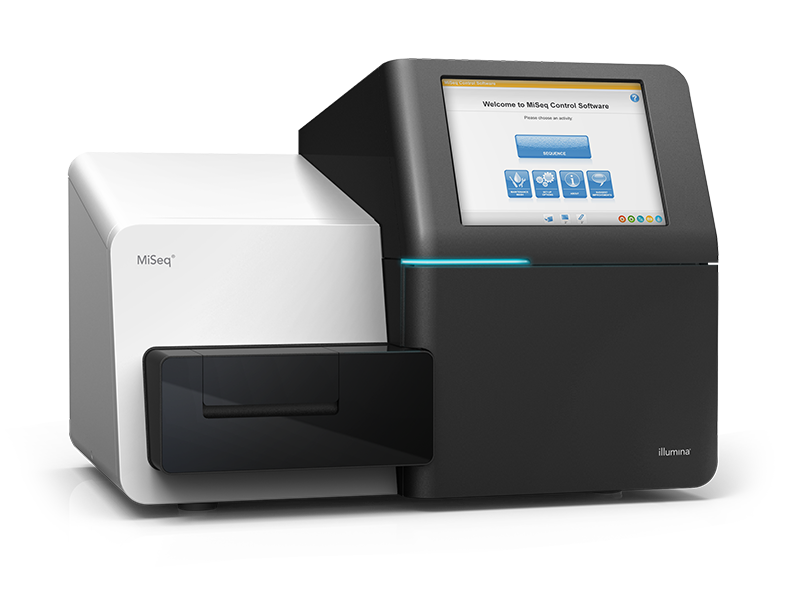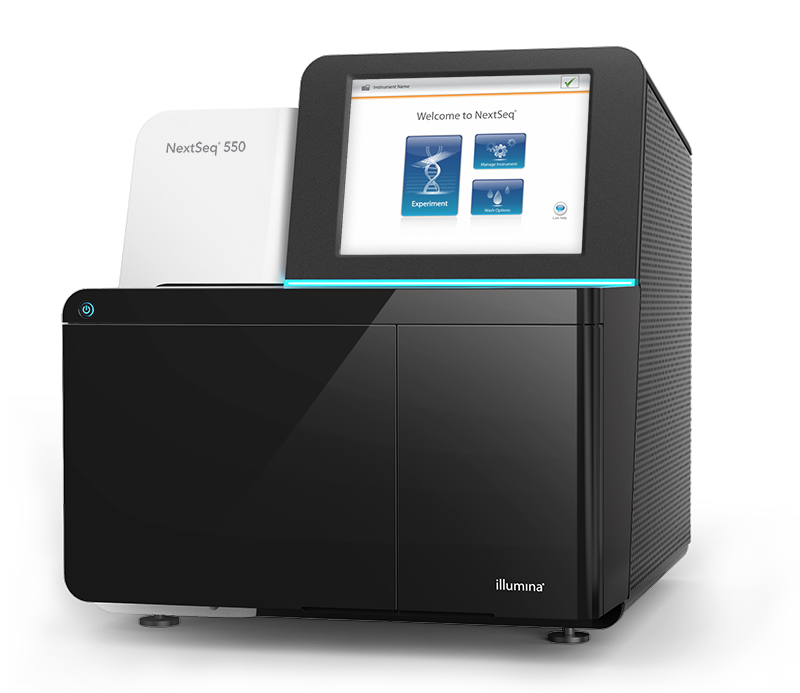Next-generation sequencing (NGS) technologies using DNA, RNA, or methylation sequencing have an enormous impact on the life sciences. NGS is the first choice for large-scale genomics and transcriptomics sequencing, because of the high-throughput output of sequencing data in the giga- and terrabase range per instrument run and the lower cost compared to the traditional Sanger sequencing method. The vast amounts of sequencing data generated by NGS have broadened our understanding of structural and functional genomics through the concepts of “omics” ranging from basic genomics to integrated system biology, providing new insight into the workings and meaning of genetic conservation and diversity of organisms. High-throughput technologies have become an indispensable part of today's science, as they offer many new approaches to answer specific questions that were previously unsolvable. Each sequencing technology is suitable for certain approaches, but they are also complementary in certain areas. This applies among other things to the sequencing error rates and the sequence length.



